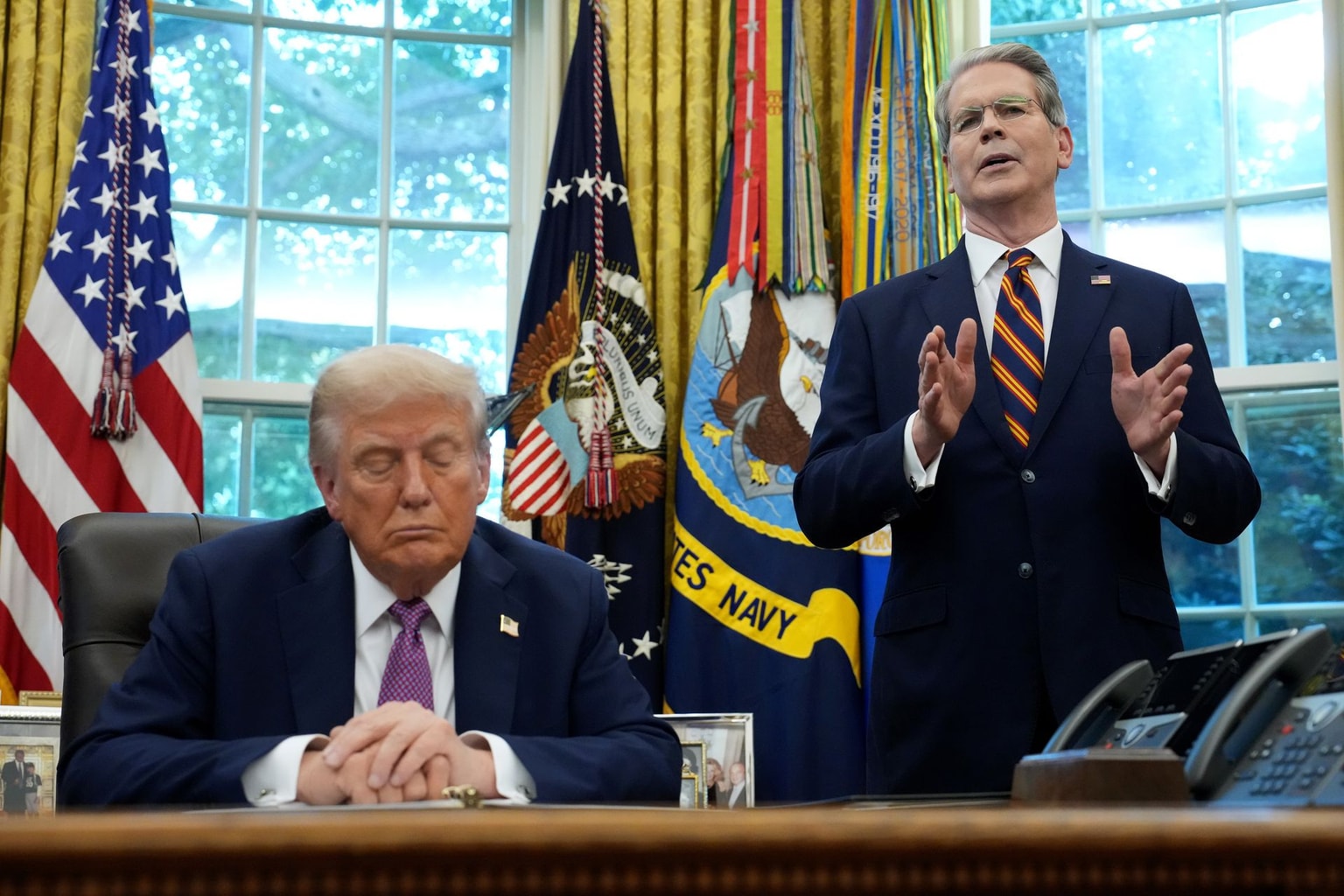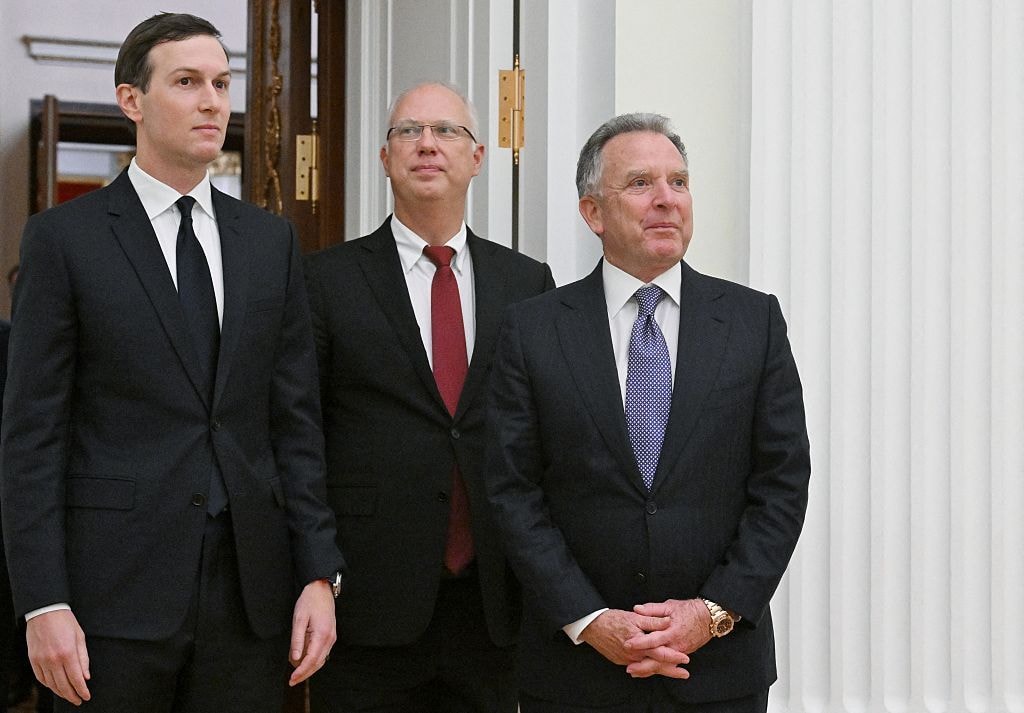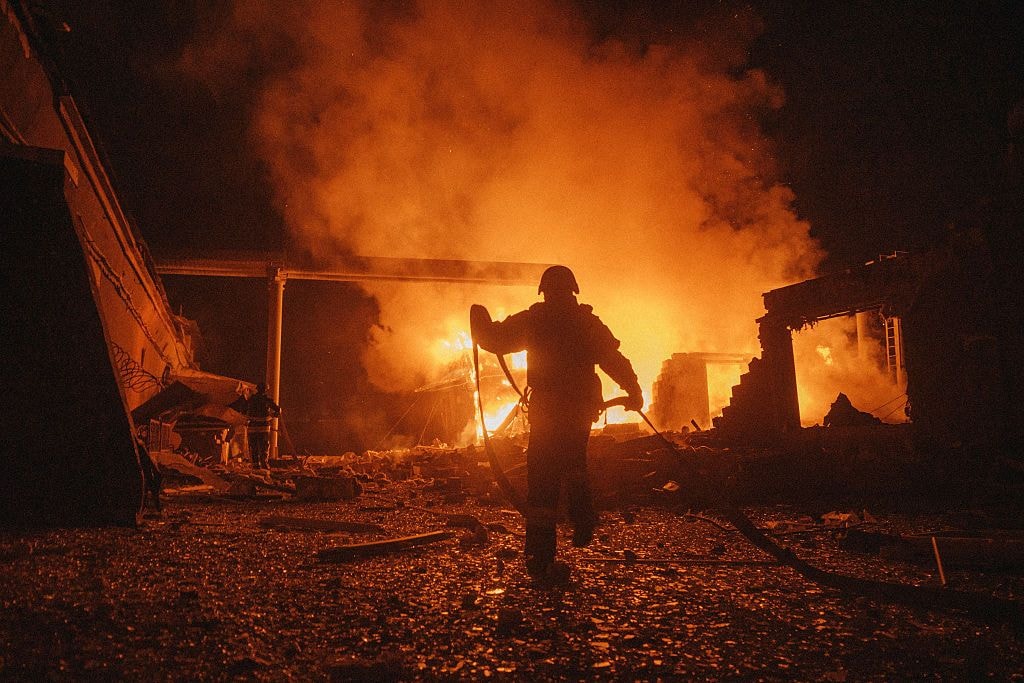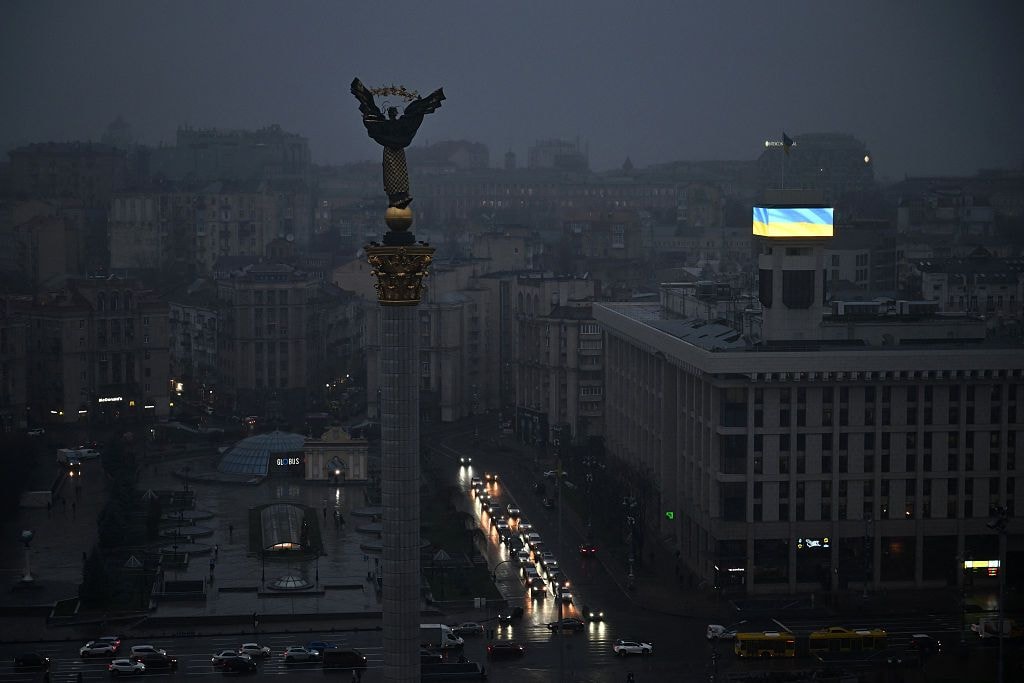
Trump Tariffs

News Feed
Ministry says 202 Indian citizens recruited by Russia to fight in war against Ukraine
According. Ukraine's Coordination Headquarters for the Treatment of Prisoners of War, Russia had mobilized 18,092 foreigners from 128 countries as of October.

Ukrainian drones hit 2 Russian Su-27 jets in Crimea, intelligence agency says
The drones are operated by the SBU's Special Operations Center "A" (Alpha), according to the agency.

Putin envoy heads to Miami for talks on Ukraine peace plan, Reuters reports
The planned Miami meetings follow Witkoff and Kushner’s talks in Berlin earlier this week with Ukrainian and European officials on revisions to a U.S.-backed peace plan.

At least 1 killed, 20 injured in Russian attacks on Ukraine over past day
According to the Ukrainian Air Force, Russia targeted Ukraine overnight with three Iskander-M ballistic missiles launched from occupied Crimea and 51 attack drones.

Ukrainian special forces hit Russian patrol ship and oil platform in Caspian Sea
SSO drones also hit a Russian oil platform located at the Filanovsky oil and gas field in the Caspian Sea. The platform is owned by Russian oil company Lukoil and is used for oil and gas extraction.

General Staff: Russia has lost 1,195,610 troops in Ukraine since Feb. 24, 2022
Russia has lost around 1,195,610 troops in Ukraine since the beginning of its full-scale invasion on Feb. 24, 2022, the General Staff of Ukraine's Armed Forces reported on Dec. 20. The number includes 1,090 casualties that Russian forces suffered over the past day. According to the report, Russia has also lost 11,433 tanks, 23,769 armored fighting vehicles, 70,721 vehicles and fuel tanks, 35,287 artillery systems, 1,575 multiple launch rocket systems, 1,263 air defense systems, 432 airplanes,

Most Popular
"The lesson will be that European solidarity ends where fear of action begins, even in self-defense,” Iryna Mudra, Zelensky’s top legal advisor, told the Kyiv Independent.
Editors' Picks

Lukashenko trades prisoners for sanctions relief — and keeps the upper hand

'Every new strike only unites us' — Odesa endures 5-day blackout after Russian strikes

'Article 5' without NATO — Why security guarantees may fail to protect Ukraine
















